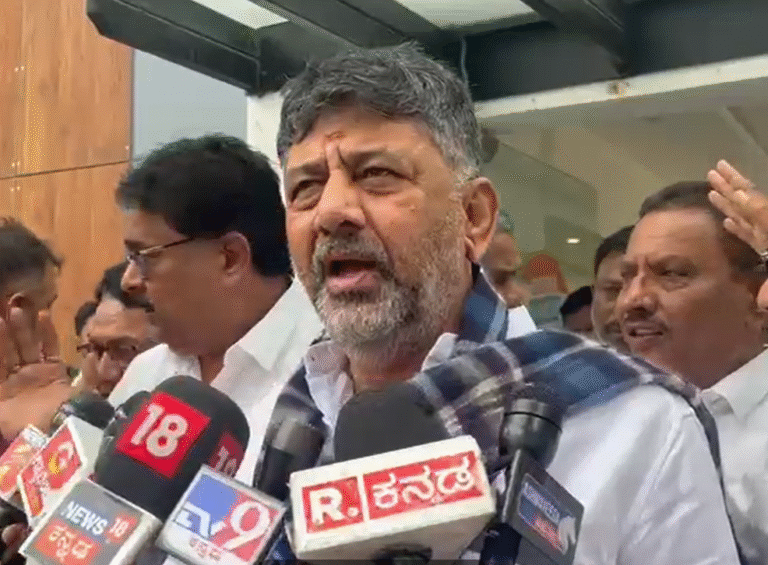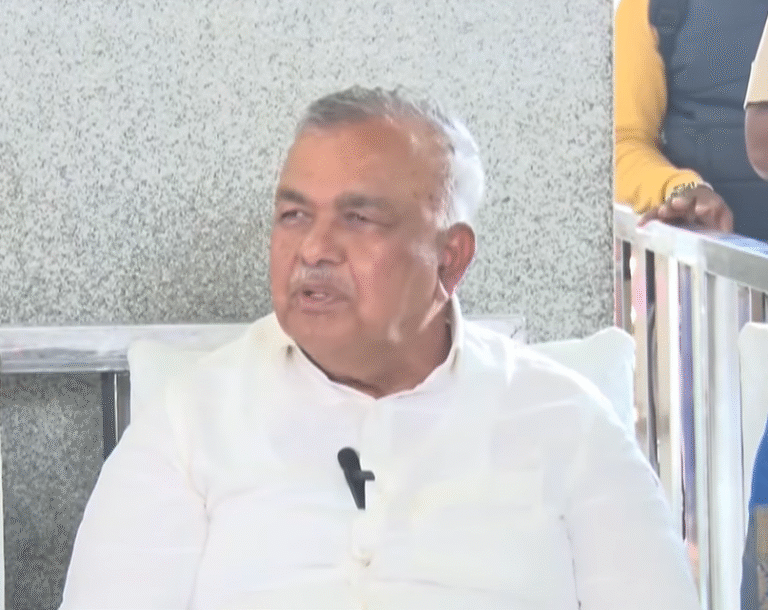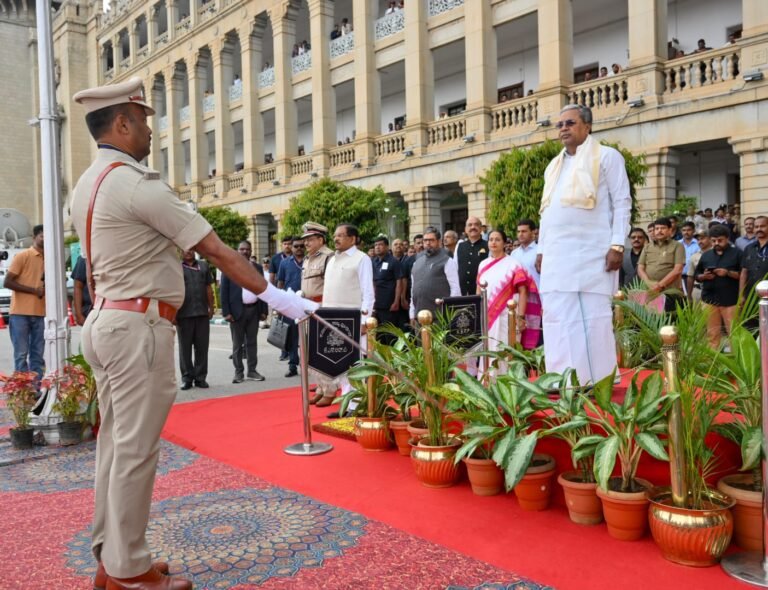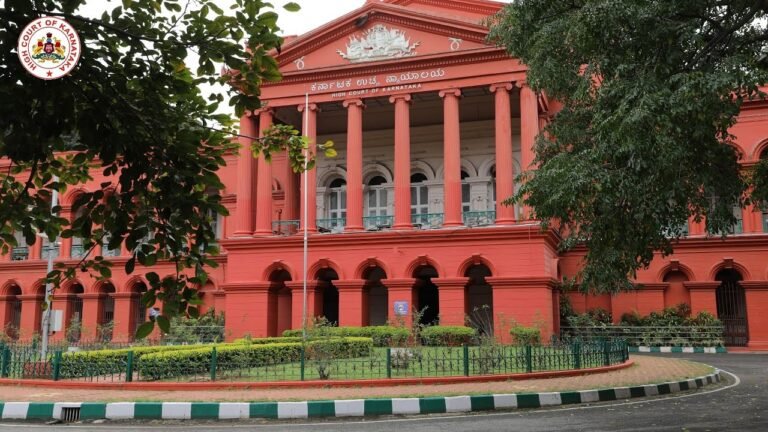
Bengaluru: Can India’s tech capital ever become a “30-minute city”? Bengaluru South MP Tejasvi Surya believes it can — but only if the city shifts focus from cars to people. In a detailed presentation submitted to Deputy Chief Minister D.K. Shivakumar, Surya has outlined an “Alternative Mobility Vision” that calls for a fundamental rethink of the way the city moves.
The document paints an ambitious picture: a Bengaluru where residents can reach work, schools, and essential services within 30 minutes, thanks to smart zoning, shorter commutes, and high-frequency public transport. Surya’s plan envisions 317 km of Metro rail operating every 3 minutes, buses running every 5 minutes, and 70% of commuters using public transport by 2031 — transforming Bengaluru into a city built “around people, not vehicles”.
However, this vision directly contrasts with proposals like the ₹18,000 crore Tunnel Road project, which Surya and several mobility experts argue is “an expensive detour”. According to data drawn from technical studies, tunnel roads only move 1,800 passengers per hour per direction (PPHPD) — a tiny fraction compared to the 69,000 PPHPD capacity of a Metro system.
The Tunnel Road DPR (Detailed Project Report) shows a travel time saving of just 13–15 minutes by 2041, despite massive costs and significant environmental risks. The project also violates the Comprehensive Mobility Plan (CMP) 2020, lacks BMLTA approval, and overlaps with the Namma Metro Red Line, potentially delaying it by nearly a decadeWhy Tunnnel Road is not the sol….
Instead of investing ₹43,000 crore into car-centric tunnels, Surya’s proposal urges the government to redirect funds toward public transport and multimodal connectivity — expanding Metro and LRT corridors, deploying 5,800 e-buses, and upgrading roads and footpaths under “Mission Sakkath Streets.”
Globally, cities like Singapore, Copenhagen, and Sydney have shown that productivity and quality of life improve when cities invest in public mobility, not private vehicles. The same approach, the presentation argues, can make Bengaluru’s chaotic traffic history — not destiny.
The underlying philosophy is simple: “Move people, not cars.”
In a city where traffic has long been synonymous with frustration, Surya’s call for smart, citizen-first mobility — supported by factual evidence and global best practices — could well mark the beginning of Bengaluru’s decongestion revolution.







